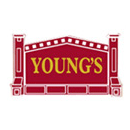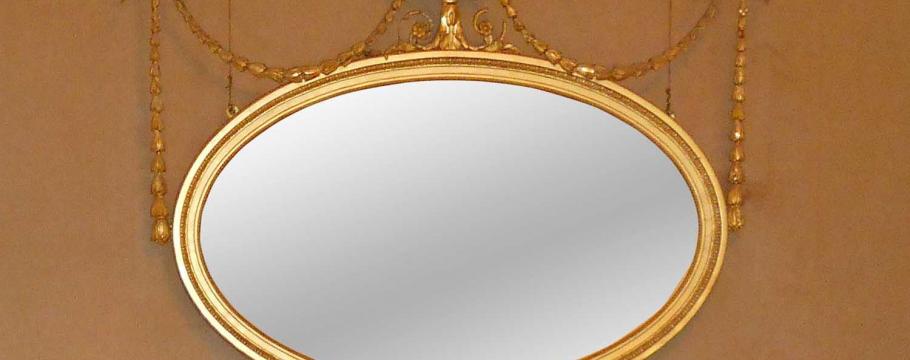

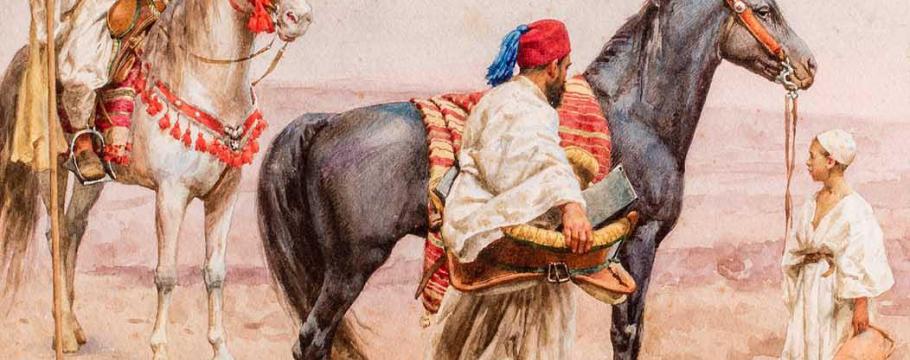
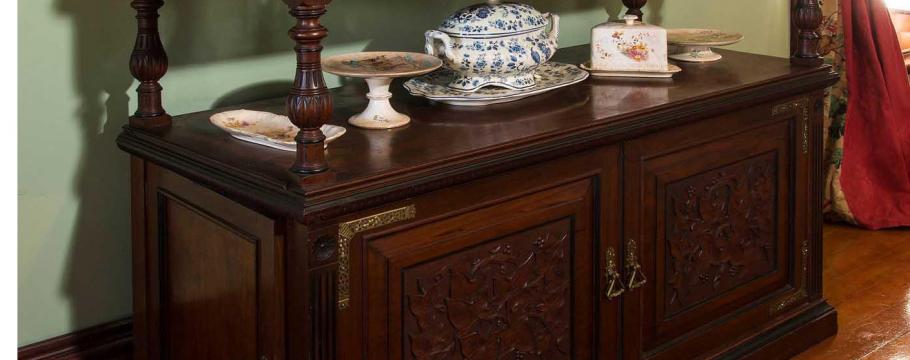
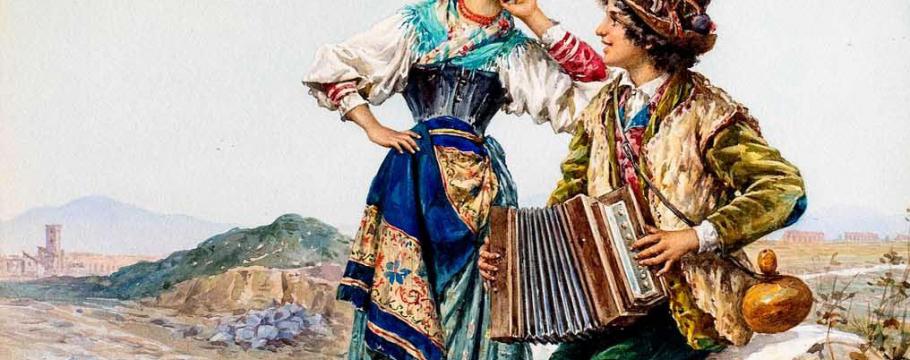


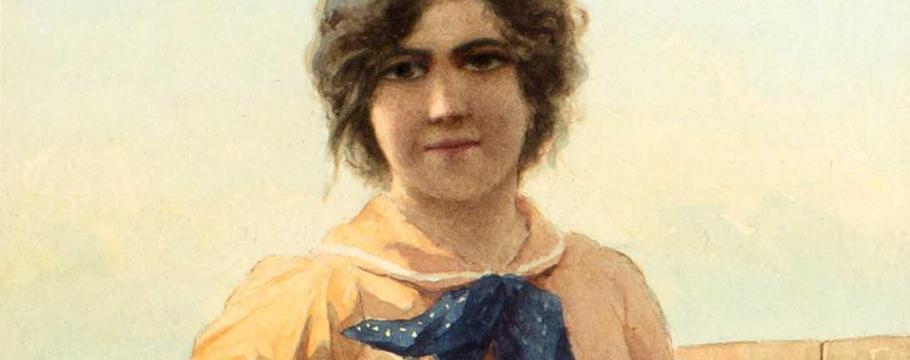
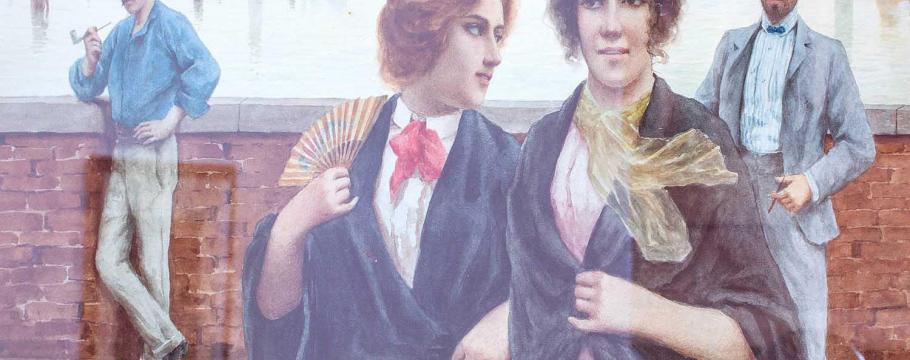
Historic Australian homestead collection goes under the hammer
Author: Richard Brewster | Posted: 26th October, 2017
In 1847, John Smith leased vast tracts of land among the rolling pastoral vista of New South Wales mid west and established a giant Merino empire that remained a family legacy for 175 years.
Originally called Buree after the Aboriginal tribe which resided there, the property came to be known as Boree Cabonne – Boree after the Myall trees that grew in the valley and Cabonne meaning a big collection or assembly.
Smith’s son Lancelot Noel built the two-storey Victorian homestead between 1896 and 1898 and today Boree Cabonne – at 2951 The Escort Way, Boree, Orange – is listed by the National Trust.
Boasting Italian floor tiles and a rosa marble fireplace, the entrance hall remains unchanged and the cedar front door features Lyon and Cottier glass panels depicting scenes of Sydney Harbour and Fort Denison.
Mossgreen has been asked to auction (entitled The Contents of Boree Cabonne, Six Generations) the homestead’s contents on site from 10am Sunday October 29. Many of the items within the collection originate from the time the property was built and were designed specifically for it.
This includes an impressive extension dining table, oak leather studded dining chairs and mahogany dinner wagon – all part of the original home.
Of particular note is an Aucher Paris ship’s piano, believed to be one of the first pianos transported over the Blue Mountains, and bought for Dr Machattie’s wife by her father – the famous Australian explorer John Stuart.
The billiard room is another fascinating highlight, containing reminders and echoes of the impressive expanse of the property – particularly the polo games the family once hosted.
Full teams of family members and their stable of horses, dressed in Boree polo uniforms made by Murdoch’s Limited and David Jones in Sydney, were an endearing attraction.
During their honeymoon tour of Europe, Lancelot and Emily Smith purchased much of the art and furniture decorating the homestead.
This includes the Adam style oval mirror, Guilio Rosati’s watercolour Arabian Horsemen, The Cardinal by L Petrina, Carlos Ferranti’s Serenade and two watercolour portraits of Viennese women Romolo Tessari – all of which hang in the drawing room.


